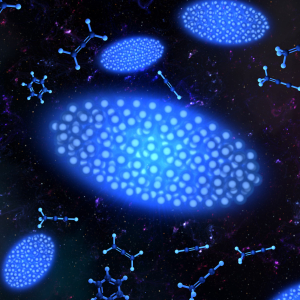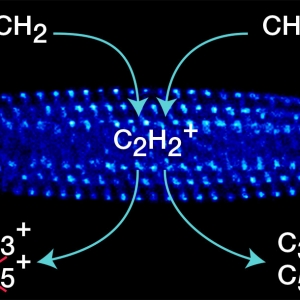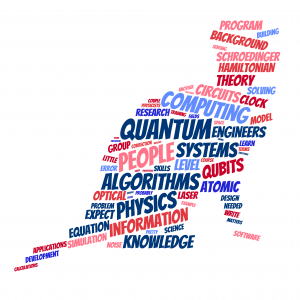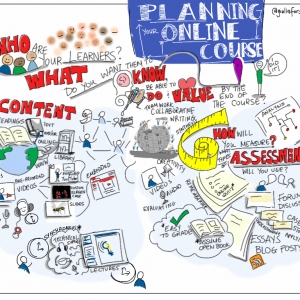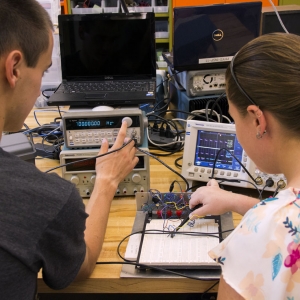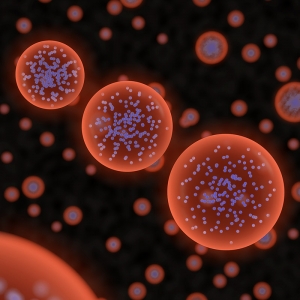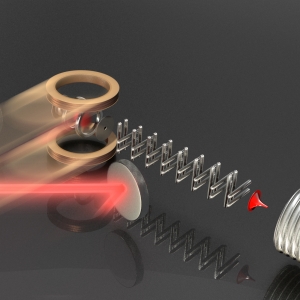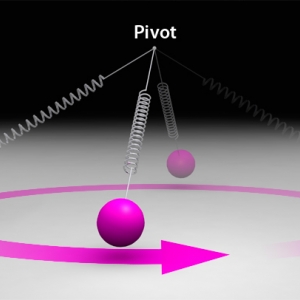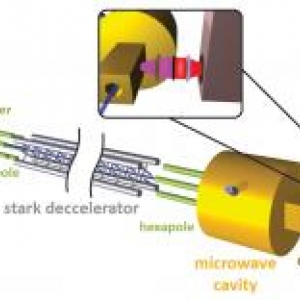Research Highlights
Astrophysics | Chemical Physics | Laser Physics
Cold Coulomb Crystals, Cosmic Clues: Unraveling the Mysteries of Space Chemistry
Published: April 16, 2024
PI: Heather Lewandowski
Astrophysics
How 1,000 undergraduates helped solve an enduring mystery about the sun
Published: May 09, 2023
PI: Heather Lewandowski
Quantum Information Science & Technology | Other
Help Wanted: How to Build a Prepared and Diverse Quantum Workforce
Published: October 21, 2021
PI: Heather Lewandowski | PI: Jun Ye | PI: Margaret Murnane
Chemical Physics
Electron Fly-Bys on the Chemical Reaction Pathway
Published: November 02, 2020
PI: Heather Lewandowski
Physics Education
Now Hiring: The New Quantum Workforce
Published: October 29, 2020
PI: Heather Lewandowski
Physics Education
What to Know if You’re Teaching Physics Labs Remotely
Published: August 05, 2020
PI: Heather Lewandowski
Atomic & Molecular Physics
Taming Chemistry at the Quantum Level
Published: October 04, 2018
PI: Heather Lewandowski
Atomic & Molecular Physics
From BEC to Breathing Forever
Published: October 05, 2015
PI: Eric Cornell | PI: Heather Lewandowski
Atomic & Molecular Physics | Nanoscience
Holy Monodromy!
Published: July 02, 2009
PI: Heather Lewandowski
Atomic & Molecular Physics | Nanoscience
Constant Vigilance
Published: July 03, 2006
PI: Heather Lewandowski





